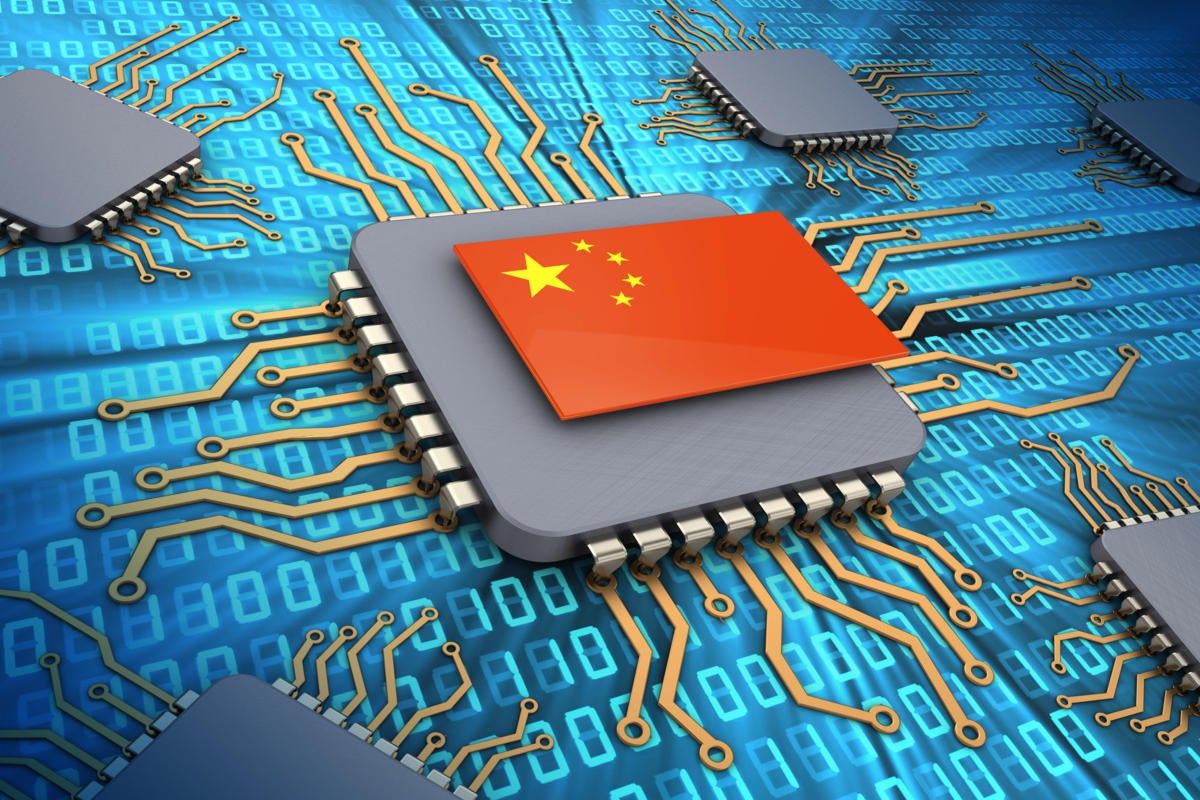The US government has reportedly opened a probe into Chinese chips being used in Huawei’s latest 5G-enabled smartphone, a move that has raised questions around the effectiveness of President Joe Biden’s recent executive orders that were supposed to have tightened export controls on such technology.
The Huawei Mate Pro 60 contains Kirin 9000s chips — 7 nanometer (nm) chips that have been made in China by the partly state-owned Semiconductor Manufacturing International Corp (SMIC), according to an analysis published by TechInsights, a semiconductor research and analysis organization.
The US has sought to restrict the availability of 7nm chips in China by imposing export restrictions, but the inclusion of the chip in the phone suggests that China’s domestic chip making efforts may be more advanced than previously thought.
“Evidence of SMIC 7nm (N+2)… represents a made-in-China design and manufacturing milestone for the most advanced Chinese foundry,” TechInsights wrote in a blog post.
SMIC was barred by the US from obtaining the machines necessary for the production of 7nm chips in late 2020 and to date, the most advanced chip SMIC had been known to manufacture was a larger-scale 14nm semiconductor.
The Commerce Department has yet to respond to a request for comment but Bloomberg has reported that the department has launched an investigation in light of the findings.
Tech Insights also found that found that South Korean memory maker SK hynix’s LPDDR5 memory had been used in the Mate Pro 60, even though the company insists that it has not sold any of its products to the company since US sanctions were first imposed in 2020, according to Bloomberg.
“SK hynix no longer does business with Huawei since the introduction of the US restrictions against the company and with regard to the issue we started an investigation to find out more details,” the company said in a statement to Bloomberg.
China-based Huawei and ZTE were both banned from providing equipment to the US government in the Defense Authorization Act of 2018, and a general import ban followed shortly thereafter. In March 2020, President Donald Trump signed a law to prevent US rural telecom carriers from using Huawei network equipment, with the Commerce Department further tightening export controls on the Chinese company in May of the same year.
The most advanced 7nm chips are made using a process called extreme ultraviolet lithography (EUV), a costly production method. Micron Technologies, for example, has invested 500 billion yen ($3.6 billion) in order to bring the technology to Japan. Micron plans to use machines powered by this technology to make the next generation of dynamic random access memory (DRAM), also known as 1-gamma chips, at its Hiroshima plant.
DRAM chips are widely used in digital electronics where low-cost and high-capacity memory is…
2023-09-08 12:48:03
Original from www.computerworld.com
